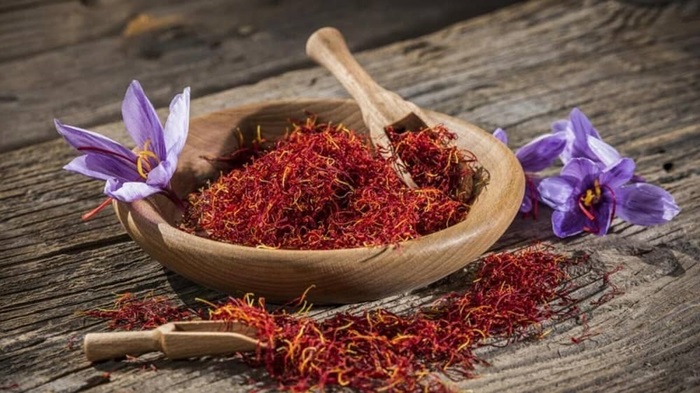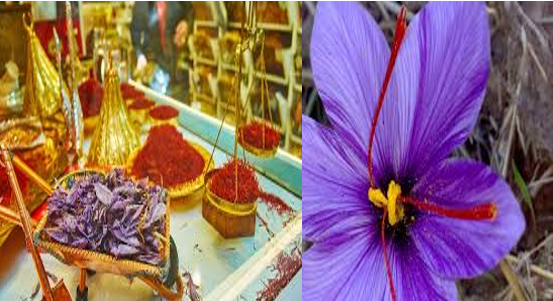

This situation sheds light on the distressing repercussions of domestic policies and international competition, according to Farshid Manouchehri, Secretary of Iran’s National Saffron Council.
Manouchehri expressed grave concerns over the recent pricing trends and consumption patterns of Iranian saffron during an interview with the ILNA News Agency. He noted, “The amount of saffron consumed domestically is directly influenced by both the income levels of the population and the price of saffron.” With prices ranging between 70 to 80 million tomans per kilogram, a steep decline in domestic consumption is inevitable, attributed to stagnant income levels.
The Secretary highlighted a distressing trend where foreign competitors, notably Afghanistan and Spain, buy Iranian saffron only to rebrand and sell it under their names, often at a markup. This practice not only misleads consumers about the origin of the product but also deprives Iran of the recognition and economic benefits it deserves as a primary producer. Afghanistan and Spain, major players in the saffron market, have been particularly active in this regard, with Afghanistan purchasing and re-exporting about 40 tons of Iranian saffron last year alone.
Watch and judge why the #Iranian regime’s MPs have become alarmists about an #EconomicCrisis pic.twitter.com/xVoIWuhgGy
— NCRI-FAC (@iran_policy) February 25, 2023
Iran exported approximately 217 tons and 406 kilograms of saffron in 2023, with major markets including the UAE, China, Spain, Afghanistan, and Qatar. However, despite these significant exports, the internal market suffers due to high prices and low purchasing power among Iranians. Moreover, a decline in exports to key markets such as China exacerbates the situation.
The issue is compounded by outdated cultivation and harvesting techniques, which have not seen significant changes in over a century. Manouchehri warned that emerging saffron producers like Uzbekistan and Tajikistan could soon outpace Iran, citing their advantages in labor costs, agricultural resources, and more favorable land and water conditions.
Manouchehri criticized the Iranian government for its inadequate efforts in promoting and branding Iranian saffron on the global stage. He argued that without significant innovations and better marketing strategies, Iran risks losing its competitive edge in the saffron industry, which is already under siege from both external and internal pressures.

Despite promises by President Ebrahim Rais to bolster the nation’s export capabilities amid international sanctions, the ongoing struggles in the saffron industry reflect persistent challenges that threaten the economic stability and heritage of Iran’s cherished exports.

MEK Iran (follow us on Twitter and Facebook), Maryam Rajavi’s on her site, Twitter & Facebook, NCRI (Twitter & Facebook), and People’s Mojahedin Organization of Iran – MEK IRAN – YouTu







